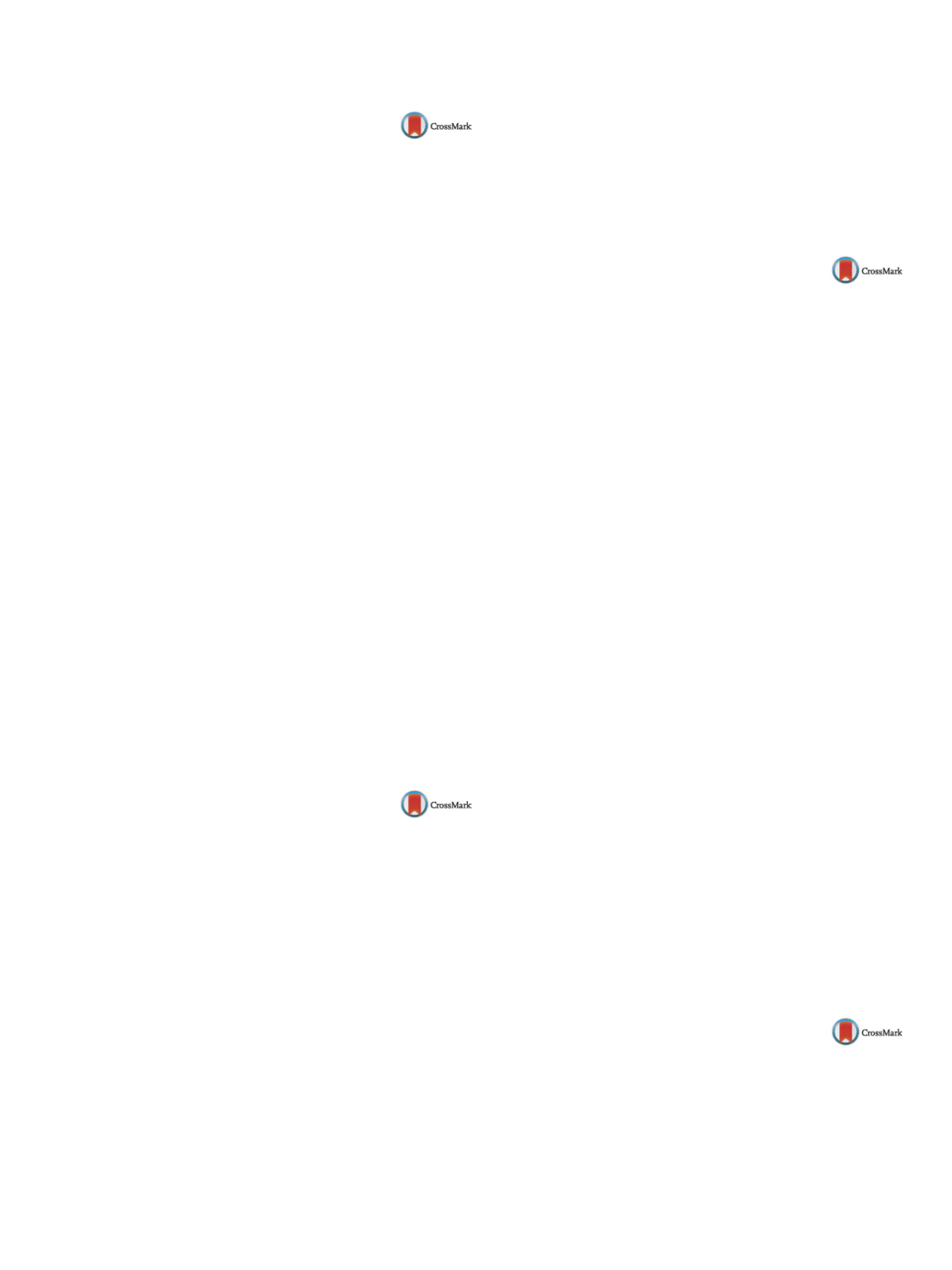

25th European Congress of Psychiatry / European Psychiatry 41S (2017) S772–S846
S775
EV1135
Psychotherapeutic interventions in
transition unit
L. Asensio , S. Estefania
∗
, L. Nuevo , I. Gomez , C. Rodriguez ,
V. Mu˜noz
Hospital General Ciudad Real, Psychiatry, Ciudad Real, Spain
∗
Corresponding author.
Introduction
The In-patient units are very closed and highly
controlled healthcare resource and then patients have to join the
community rapidly, and in sometimes feeling unprotected and
with their needs non covered. We created a transition unit with a
program of psychotherapeutic intervention, to offer an adequate
transition between the acute episode and the incorporation to the
community.
Objective
We describe the characteristics of the psychotherapeu-
tic group, the aims and the results of the interventions.
Methods
Psychotherapeutic transition unit was created to offer
intensive attention and control demand that is not possible
to control in the community. The objects are to prevent re-
admissions and relapse because of abandonment of treatment
in patient with personality disorder and suicide attempts, and
first episode, affective or psychotic. Patients are selected from
the in-patients unit with inclusion criteria, and start going from
the unit before discharge. The intervention is once per week,
with a duration between 60–90minutes. There is not a num-
ber of sessions, and we have approximately 10 patients per
sessions.
Results
Since the beginning of the psychotherapeutic interven-
tions, re-admissions have beendecreased inpatientswithdiagnosis
of personality disorder (most histrionic and borderline disorder)
with multiple admissions because of suicide attempt, some had
been discharged. In another group of patient we have prevented
relapses.
Conclusions
Psychotherapeutic interventions will be effective in
patients with high risk of re-admissions and relapses. It is early to
have solid conclusions, but the preliminary results encourage the
continuation of the program.
Disclosure of interest
The authors have not supplied their decla-
ration of competing interest.
http://dx.doi.org/10.1016/j.eurpsy.2017.01.1465EV1136
The outcome of a counseling
intervention. The experience of the
counseling service UPO
E. Gambaro
1 ,∗
, A. Rossi
2, E. Gattoni
3, C. Gramaglia
3,
D. Ponzetti
3, P. Zeppegno
31
University of Piemonte Orientale, Department of Traslational
Medicine, Novara, Italy
2
University of Piemonte Orientale, Department of Traslational
Medicine-AOU Maggiore della Carità di Novara, Novara, Italy
3
University of Piemonte Orientale, SC Psichiatria, Department of
Traslational Medicine-AOU Maggiore della Carità di Novara, Novara,
Italy
∗
Corresponding author.
Background
Counseling addresses the emotional social, work,
school and physical health concerns that people may have at dif-
ferent stages in their lives. It focuses on typical life stresses and
more severe issues. It may be addressed to individuals, groups,
organisations.
Aim and methods
The objective of our study was to assess the
outcome of a counseling intervention offered to students of the
University of Piemonte Orientale, aged between 18 and 20 years.
Baseline features and reasons for consultationwill be described and
the outcome will be assessed with CGI (Clinical Global Impression)
and HONOS (Health of the Nation Outcome Scales) at T0 (time 0),
T1 (4weeks) and T2 (8months). We will present the data of the
period between 1st January 2014 to 31st December 2016.
Results/discussion
Data analysis is ongoing. The results will be
discussed in the light of the current literature about counseling
services for university student.
Disclosure of interest
The authors have not supplied their decla-
ration of competing interest.
http://dx.doi.org/10.1016/j.eurpsy.2017.01.1466EV1137
Effect of cognitive-behavioral therapy
and spiritual-religious intervention
on improving coping responses and
quality of life among women
surviving from breast cancer
Shahrbanoo Ghahari
1, Rahele Fallah
2, Jafar Bolhari
3,
Mahdi Mousavi
4, Mohammad Esmaeel Akbari
5 ,∗
1
Iran University of Medical Sciences (IUMS). School of Behavioral
Sciences and Mental Health, Departement of Mental Health, Tehran,
Iran
2
Cancer Research Centre, Shahid Beheshti University of Medical
Sciences, Iran
3
School of Behavioral Sciences and Mental Health, Iran
4
Cancer Research Centre, Shahid Beheshti University of Medical
Sciences, Tehran, Iran. Zahra Razzaghi, Cancer Research Centre,
Shahid Beheshti University of Medical Sciences, Iran
5
Surgery Professor, Cancer Research Centre, Shahid Beheshti
University of Medical Sciences, Tehran, Iran
∗
Corresponding author.
E-mail address:
crcsbmu@gmail.com(M.E. Akbari)
Objective
The present study aims to evaluate the effectiveness
of cognitive behavioral therapy (CBT) and spiritual-religious inter-
vention in improvement coping responses and quality of life among
women surviving from breast cancer.
Methods
This was a semi-experimental study. Forty-five breast
cancer survivor referred to cancer research center at Shahid
Beheshti university of medical Sciences in Tehran, assigned in 3
groups randomly (CBT group, spiritual-religious group and control
group). The interventions were eight sessions cognitive-behavioral
therapy and spiritual-religious intervention. The participants were
evaluated through quality of life questionnaire published by
european organization for research and treatment of cancer (QLQ-
30C-ver3) and coping responses inventory (CRI). The data were
analyzed using covariance.
Finding
Although both intervention groups improved in coping
and quality of life, it was not statistically significant(
P
< 0.08).
Conclusion
Although both intervention groups improved in cop-
ing and quality of life but there is no differences between two
groups.
Keywords
Breast cancer; CBT; Coping responses; Quality of life;
Spiritual-religious intervention
Disclosure of interest
The authors have not supplied their decla-
ration of competing interest.
http://dx.doi.org/10.1016/j.eurpsy.2017.01.1467EV1138
Multiple suicide-attempts in
adolescence: Psychodynamic
understandings on the process of
integration of hallucinated bodily
experiences
G. Giacomini
∗
, P. Solano , M. Amore
IRCCS, Azienda Universitaria Ospedaliera San Martino, Dipartimento
di Neuroscienze, Oftalmologia, Genetica e Scienze Materno-Infantili,
Università di Genova, Genoa, Italy
∗
Corresponding author.


















